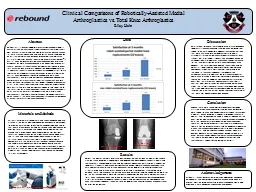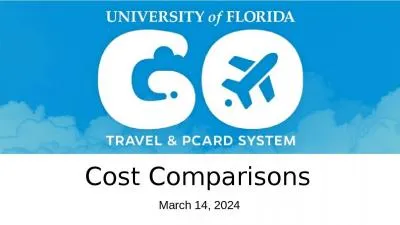PPT-Clinical Comparisons of Robotically-Assisted Medial
Author : yoshiko-marsland | Published Date : 2016-07-02
Arthroplasties vs Total Knee Arthroplasties Riley Hein Abstract Materials and Methods Data Results Discussion Conclusion Patients enrolled in this ongoing 10 year
Presentation Embed Code
Download Presentation
Download Presentation The PPT/PDF document "Clinical Comparisons of Robotically-Assi..." is the property of its rightful owner. Permission is granted to download and print the materials on this website for personal, non-commercial use only, and to display it on your personal computer provided you do not modify the materials and that you retain all copyright notices contained in the materials. By downloading content from our website, you accept the terms of this agreement.
Clinical Comparisons of Robotically-Assisted Medial: Transcript
Download Rules Of Document
"Clinical Comparisons of Robotically-Assisted Medial"The content belongs to its owner. You may download and print it for personal use, without modification, and keep all copyright notices. By downloading, you agree to these terms.
Related Documents














